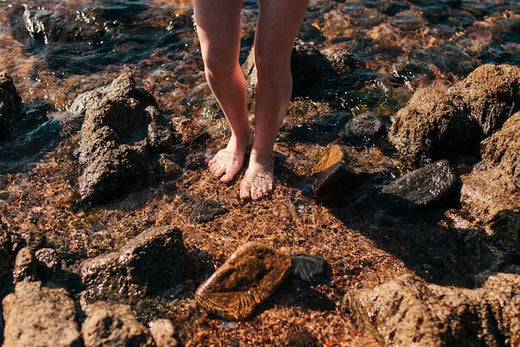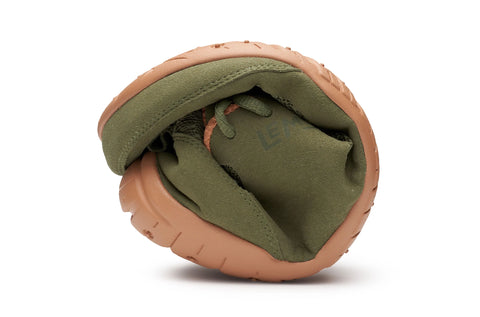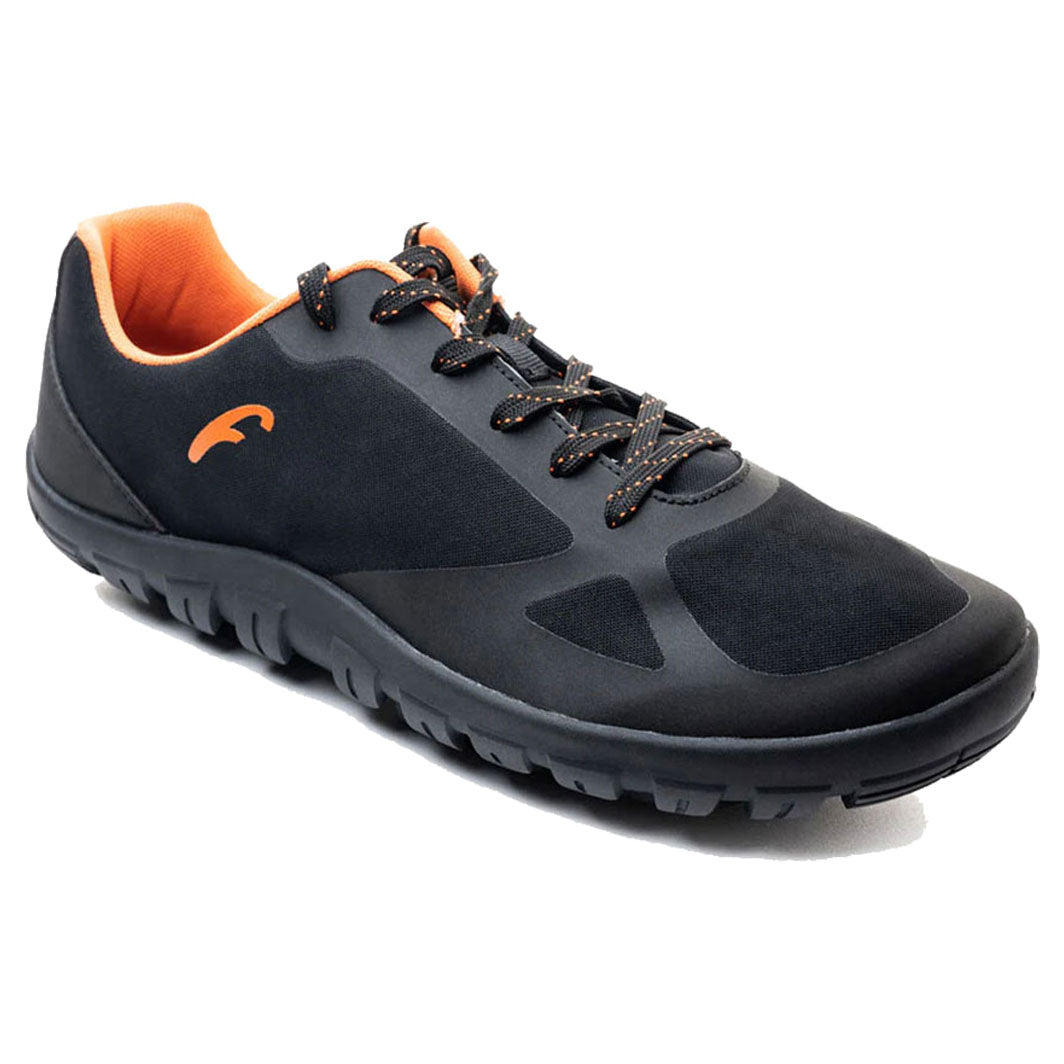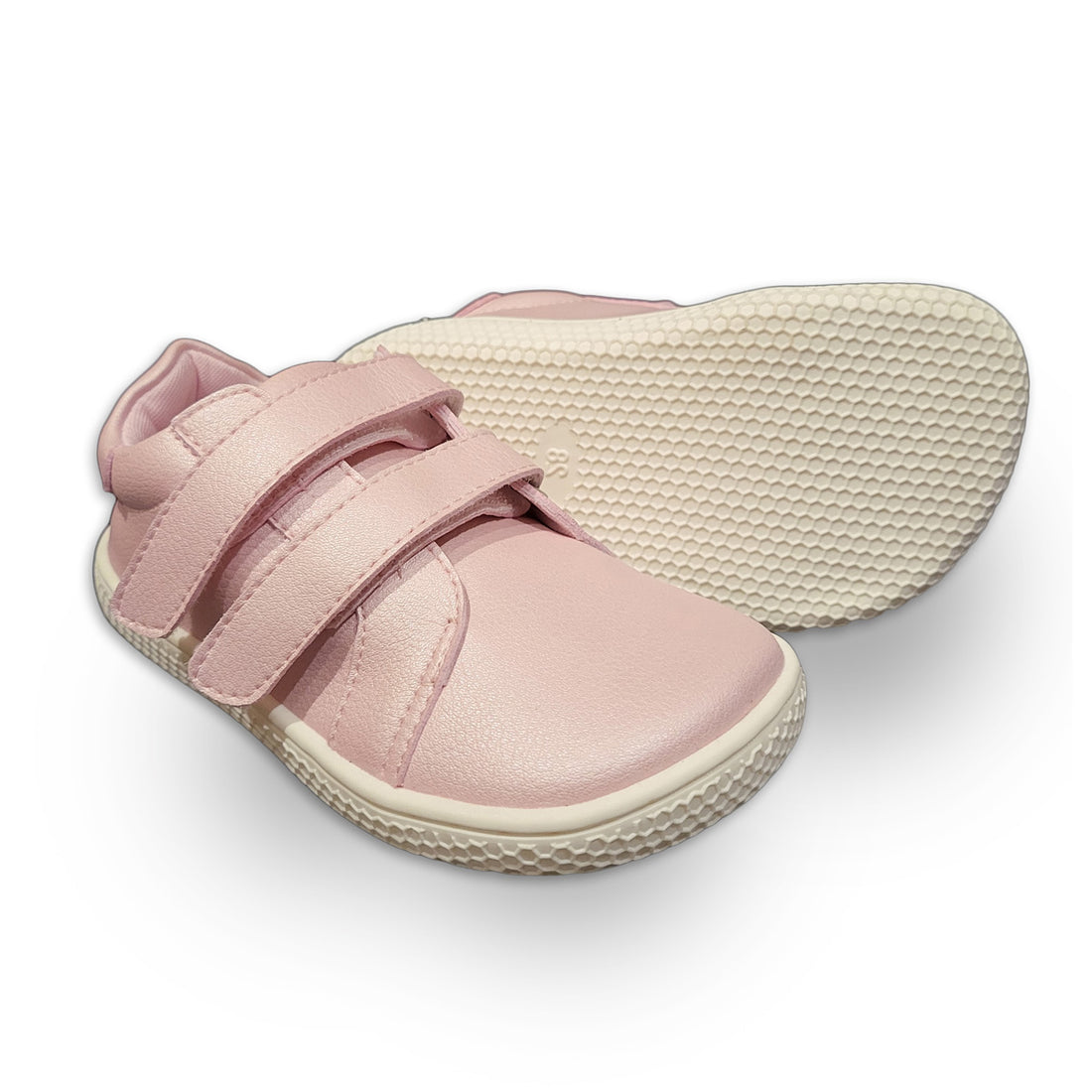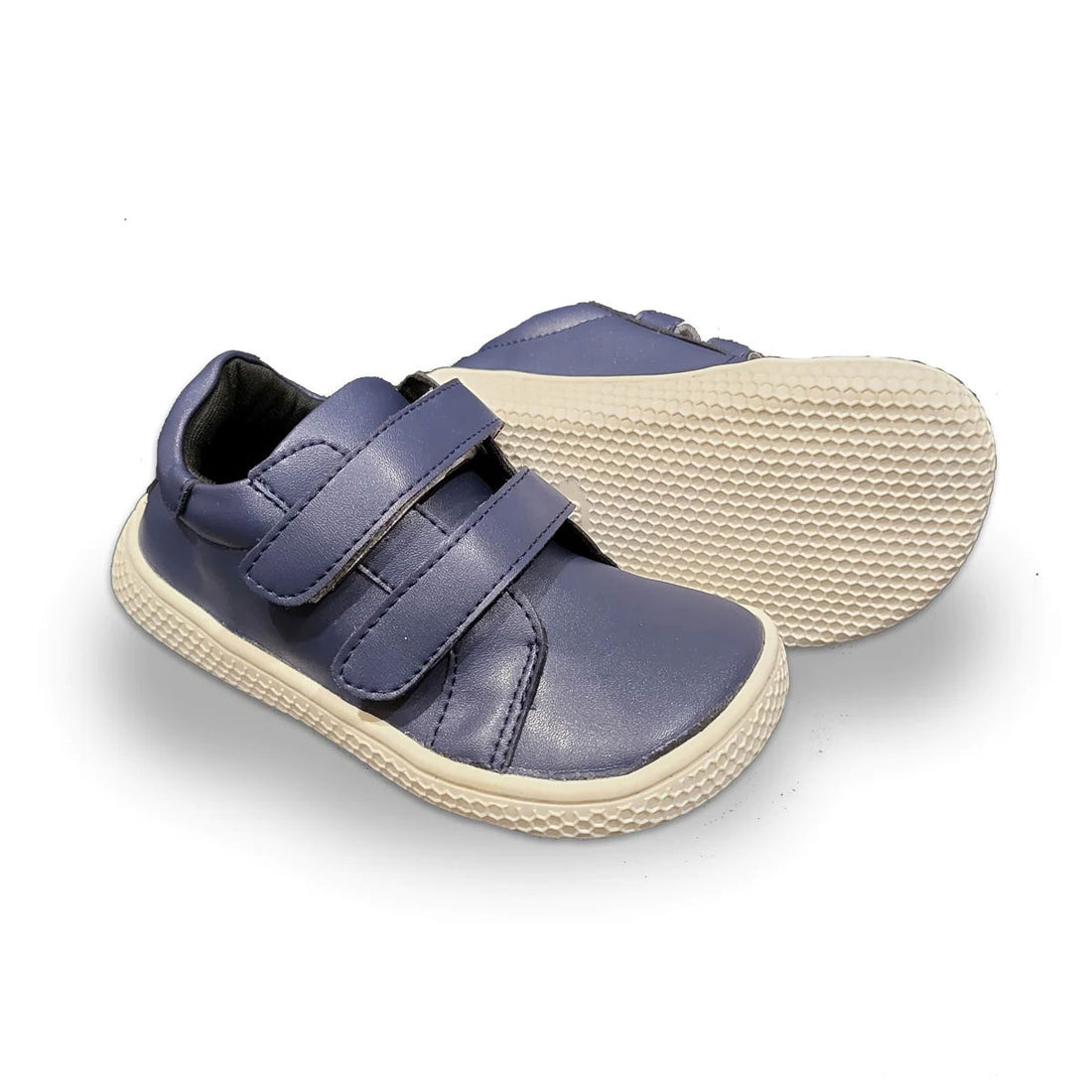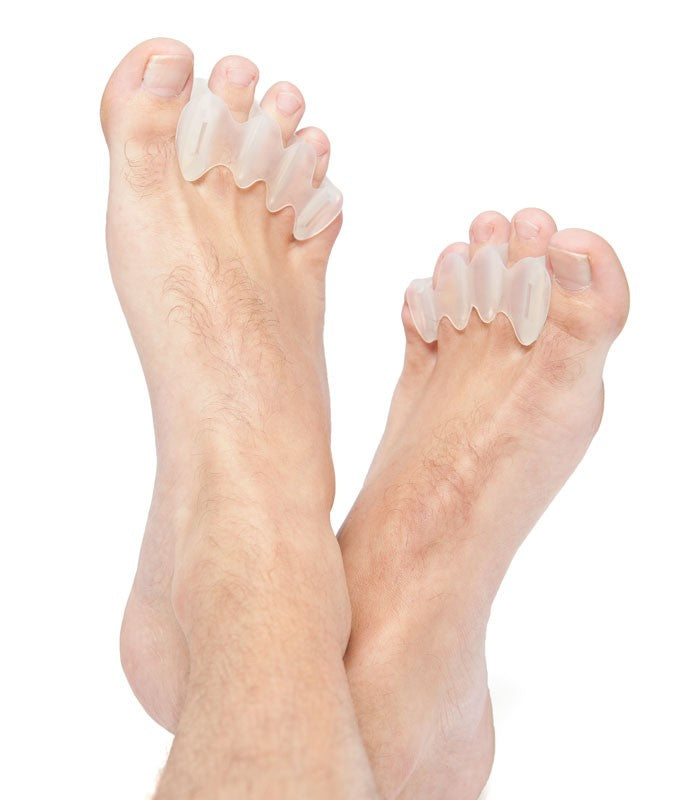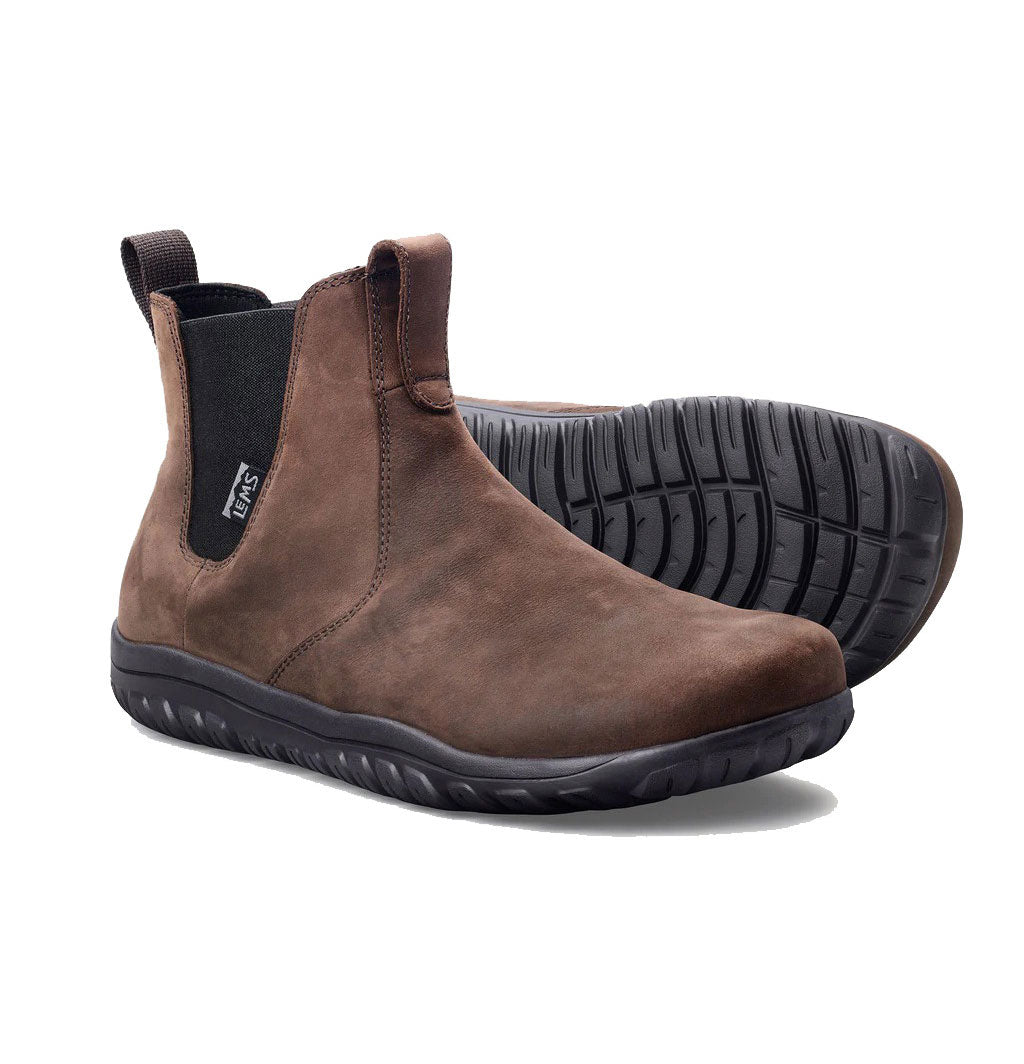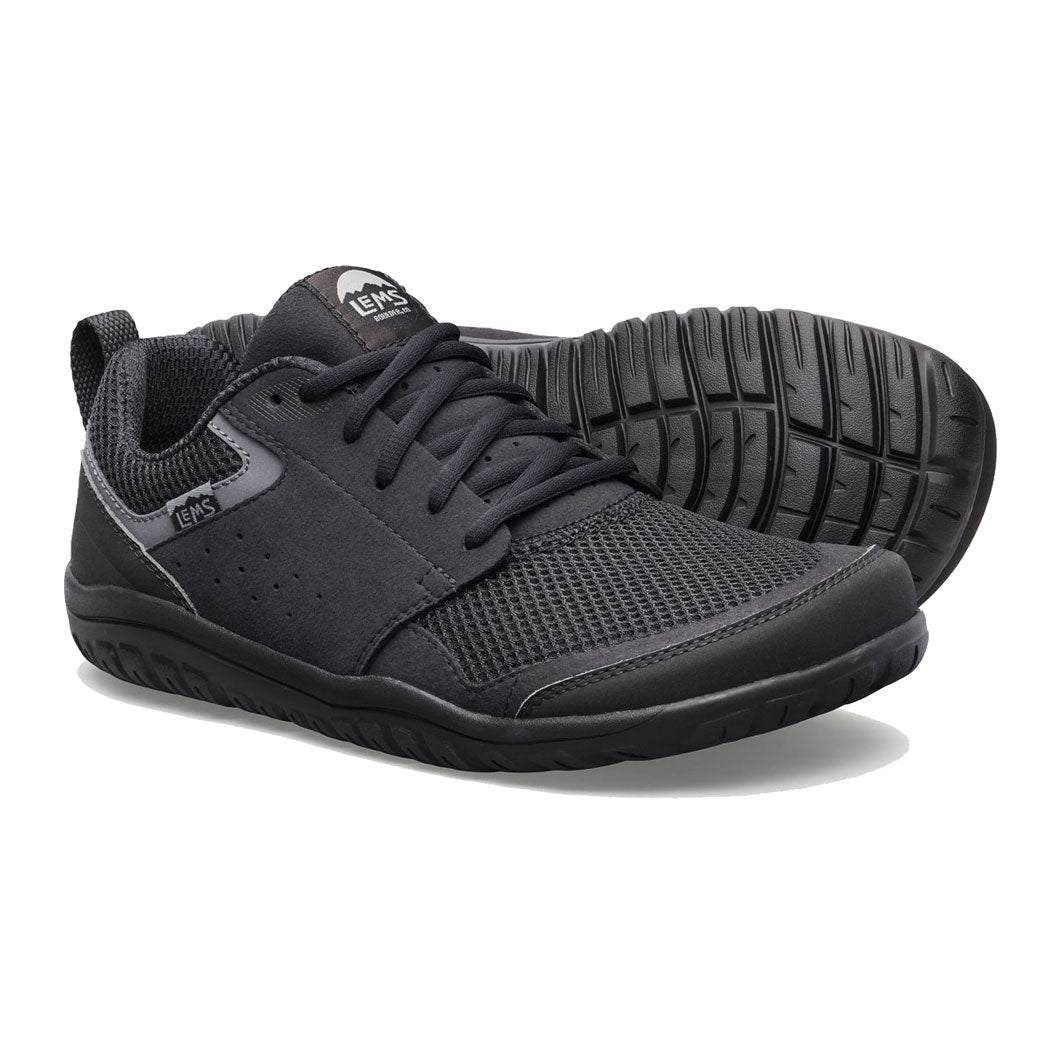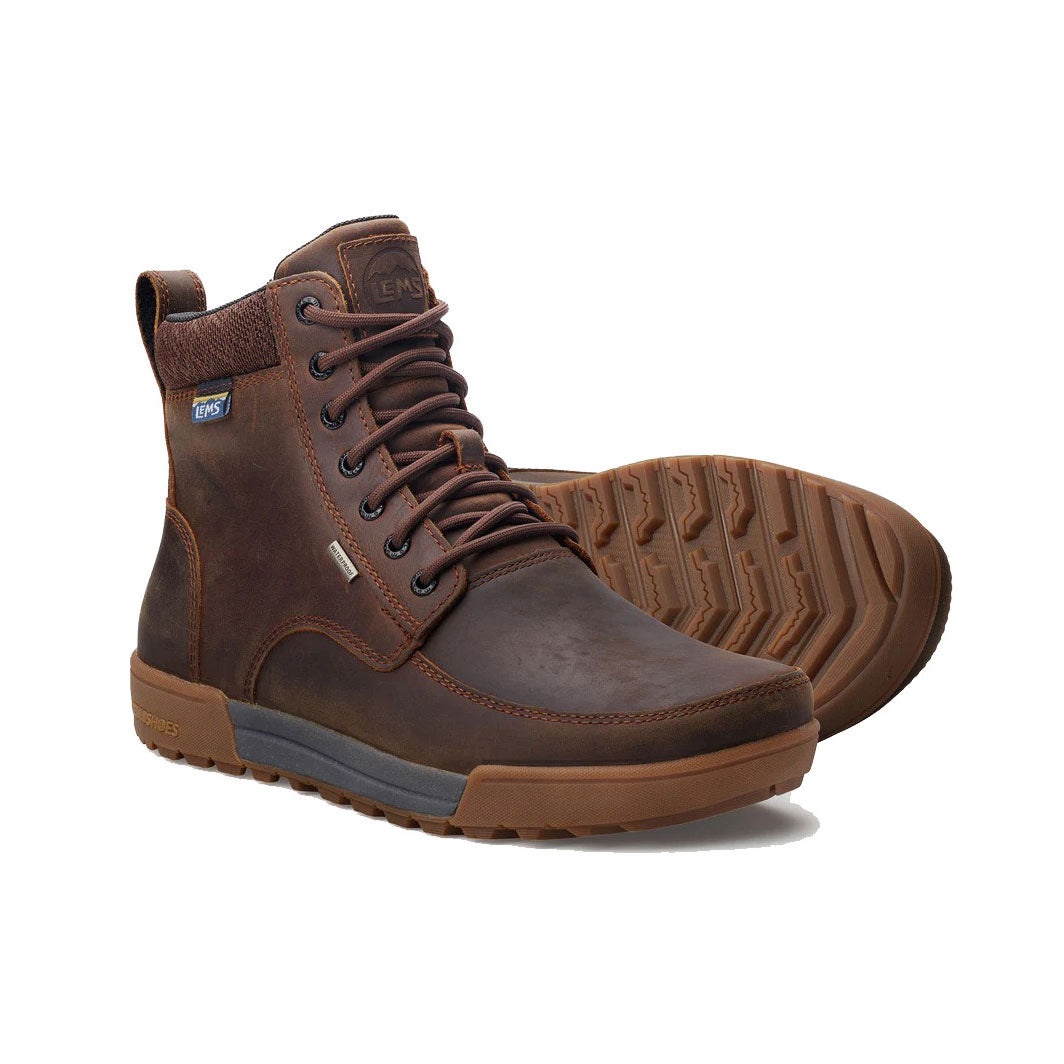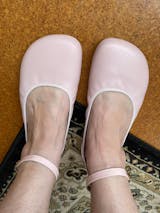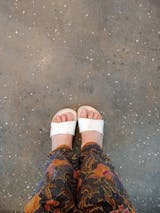Would a shoeless world be a perfect world? Well, it certainly would for our feet! Yet, for a layperson, it is only natural to question how going barefoot all the time could benefit the feet in any way. Perhaps it is because so many of us have grown up in societies where wearing shoes was the norm; whether in school, public spaces, workplaces, or just about anywhere. Of course, the primary reason for wearing shoes, since evolution, was solely to protect our feet from injuries or harsh weather conditions; societal norms and fashion came much later on and were secondary in this respect.

With that said, today, shopping for footwear is all about aesthetics and finding the most comfortable pair of shoes with a complete lack of regard for the actual shoe design and the negative impact it may have on our feet in the long run. In fact, most conventional shoes are designed to make your feet appear slender, though, in reality, they are squashing your feet and toes together. Of course, you probably don’t feel the discomfort of that happening because it is masked by excessive cushioning that trick you into believing that the shoes are extremely comfortable.

The underlying problem of modern footwear is that various elements of the design take away almost all natural foot function and ground feel which are crucially important for our feet to develop and adapt to different surfaces. Conventional shoes also discourage variability in foot movements which otherwise, would help increase ankle stability and mobility. The added benefit of that is improvements in overall balance and your body’s ability to distribute weight efficiently.
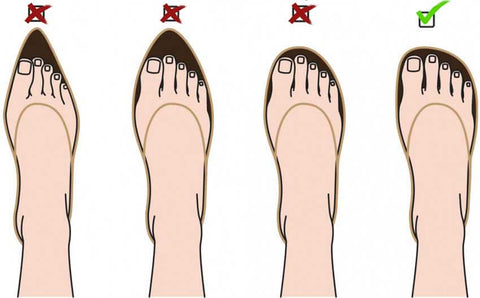
Some of the harmful design aspects we are referring to include narrow toe boxes, elevated heels, rigid soles, toe springs, and excess cushioning. To understand how these design elements alter your feet in the long run, simply walk barefoot and observe the ways in which your feet move about freely; then put on a pair of modern shoes and single out the differences or restrictions in foot movement. The constraints are hard to ignore when you finally start paying attention to them!
So, what would have happened to our feet if we never wore shoes? Let’s find out.
How Would Feet Function Without Shoes?

If given the chance to develop without being confined to restrictive footwear, our feet would be able to function at an optimal level due to their exposure to various surfaces and a variety of movements that, together, promote healthier and stronger feet. The arch of the foot becomes sturdier and the heels and balls of the feet develop thick calluses that protect them from damage. The introduction to new movements that engage and develop different bones and muscles in the foot will also help strengthen them along the way.
With the freedom to function naturally, barefoot living does away with several foot disorders and dysfunction that are caused by conventional footwear. These include the following:
- Plantar fasciitis
- Bunions
- Neuromas
- Foot deformities
- Ingrown toenails
On the other hand, natural foot function (when uncompromised by wearing modern footwear) has a significant impact on various parts and functions of the body. These include:
- Better blood circulation in the foot and toes
- Improved posture
- A maintained natural gait
- Strong and sturdy foot arches
- Natural toe splay
- Better balance
- Improved toe and foot dexterity
- Lesser strain on joints in the lower extremities
- Reduced pain in the hips, knees, ankles, and feet
- Elimination of various foot ailments caused by wearing conventional shoes
The feet are complex parts of the body that are also the foundation for various functions of the body. Therefore, maintaining healthy feet and natural foot function must be prioritised, and that begins with going barefoot as much as possible!
What Would Feet Look Like if Developed Naturally?

As shocking as this may seem, it is rare to see a normal or natural human foot shape nowadays. What you are used to seeing, perhaps this is true with your own feet as well, is the bone of the great toe (proximal phalanx) jutting out beneath the skin while the tip of the toe leans towards the rest of the toes. The same goes for the little toe; instead of pointing outward, it has been forced into a deformed position where it curls inward. This description of a human foot explains how there is almost no toe splay because the toes are constantly pushed together in a pair of modern shoes, thus leading to the deformity that we currently see among millions of individuals.
If we never wore shoes with narrow toe boxes, our feet would have developed to be widest at the toes thanks to a healthy, natural toe splay; just the way they should be! In fact, overall foot and toe anatomy would also be quite different with our metatarsal bones developing straight and normal rather than crooked or deformed. Bear in mind that the visible differences between a natural foot shape and one that has been compromised and altered over time directly affect foot function. In other words, the extent of how unnatural one’s feet appear is a clear indication of foot dysfunction and must be viewed as such instead of looking at it from an aesthetic viewpoint only.
Fortunately, all hope is not lost for those whose feet have been negatively impacted by many years of wearing modern shoe designs; there are various foot exercises, stretches, and tools such as toe spacers that help restore one’s natural foot function and shape. While it is not an overnight process, consistent training can lead to much healthier feet in the long run.
Are There Any Drawbacks of Not Wearing Shoes?
As we mentioned earlier, the invention of shoes/sandals were created with the purpose of protecting the feet from harsh or extreme temperatures, sharp objects, injuries, etc. Made from natural resources such as straw, bark, or leather, these early inventions of sandals provided adequate protection without confining one’s feet or compromising their foot function.
With that said, the drawbacks of not wearing shoes include potential foot damage or injury in the form of bruises, cuts, and trauma, or infections caused by environmental conditions including sunburn and frostbite.
What Types of Shoes Promote Natural Foot Development?
Since most of us live in societies that dictate what style of shoes are deemed appropriate in certain public places and workplaces, the least we can do is choose the RIGHT types of shoes that are non-damaging to our feet. Yes, they do exist! Known as barefoot, minimalist, or natural footwear, the benefits of wearing these healthy shoes lie in the actual design of the shoe.
Unlike conventional shoes, barefoot footwear is designed to allow our feet to move, function, and feel as though you are walking barefoot. This is achieved by doing away with design elements that force our feet to conform to unnatural shapes, and discourage normal foot function and flexibility.
How are Natural Shoes Designed?
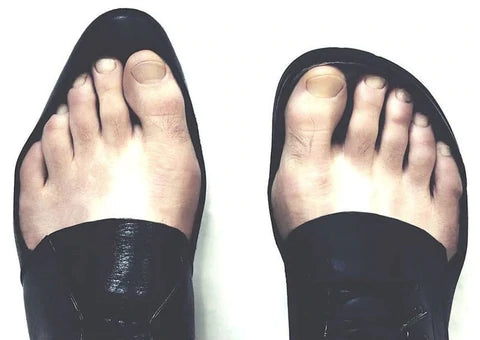
For a better understanding of how and why barefoot shoes promote natural foot development and benefit our feet, explained below are the key design traits that make up natural shoes.
Wide Toe Boxes
The width of minimalist shoes are widest at the toe ends, thus allowing one’s toes to finally spread out naturally in a pair of shoes. The wide toe box also means that the shoe design, as a whole, is shaped like a natural foot as opposed to tapering at the tip (which is how our toes end up getting squashed and deformed overtime).
Thin & Flexible
One of the most important design traits of a shoe is flexibility. Foot dysfunction and disorders are often caused by lack of movement and mobility in the feet; therefore, to counter these problems, natural shoes are designed to mimic barefoot walking thanks to extremely flexible and thin soles. Rather than feeling restricted by the shoes, your feet are allowed to move and flex naturally in a pair of minimalist footwear. The added bonus of having thin soles is the ground feel it provides - sensory feedback to the brain.
Flat
Although a normal foot is typically arched, when walking barefoot, there is no need for any sort of arch support or heel rise because a fully functional foot will adapt to any surface with ease. Unless you have a foot condition that requires some amount of support, the best thing you can do for your feet is to wear flat shoes which exclude heel elevation, toe springs, and excess cushioning that also adds unnecessary arch support. Heeled footwear has been linked to lower back problems for decades and yet, it is one of the most common design elements in conventional or modern shoes.
Lightweight
The ideal shoe weight, or what can be classified as ‘lightweight’, should not surpass 220 grams. Of course, some larger sizes understandably weigh a little more, however, it should be noted that a ‘heavy’ pair of shoes can weigh over 300 grams. Barefoot shoes are designed to be extremely lightweight and therefore, feel comfortable and freeing to wear. Additional benefits of lighter weight on your feet include restoration of natural gait, and better ankle mobility which, in turn, helps to improve your overall balance.
By switching over to natural shoes, you can begin your journey to correct the damage that was caused by years of wearing conventional shoes.
CONCLUSION
Millions of people grow up in societies where wearing shoes is the norm. Unfortunately, right from childhood, they begin their shoe-wearing lifestyles with the wrong pairs of footwear, otherwise known as conventional or modern shoes. These shoe designs do not accommodate the natural human foot shape and therefore, significantly reduce one’s foot function and overall development. If humans chose to do away with shoes, or switched over to minimalist footwear that emulates the feeling and functioning of walking and living barefoot, they would eliminate the risk of developing several types of foot disorders or ailments and deformities that are linked to prolonged usage of conventional shoes. Moreover, their feet would function optimally and a natural human foot shape would be maintained. This leads to multiple benefits that not only impact foot health but many other functions and parts of the body.
Well, just my 2 Cents on the subject! I hope my article has been most helpful to you and your journey to improved foot health.
Stay Primal,
Jamie B Wilson
At bprimal, we work with shoemakers and brands who create natural footwear that are made to encourage better foot health by repairing the damage caused by long term use of modern shoes. These minimalist or healthy footwear alternatives ensure proper preservation of one’s natural foot shape and function thanks to their inclusion of all the design specifics needed to achieve optimal foot health. Some of these features include wide toe boxes, slim and flexible soles, and no heel elevation. Our involvement and interaction with people who create and promote products that help individuals fix their foot problems has also inspired us to spread crucial awareness – relating to prioritising foot health as told by the experts – via our blog. Learn More - check out bprimal educational articles here, and browse through the different brands and collections of natural footwear and foot health restoration products we carry.
DISCLAIMER:
The above content is for educational or informational purposes only and is not intended to replace or augment professional medical instruction, diagnosis, or treatment. Read the full Terms and Conditions & Disclaimer here.



